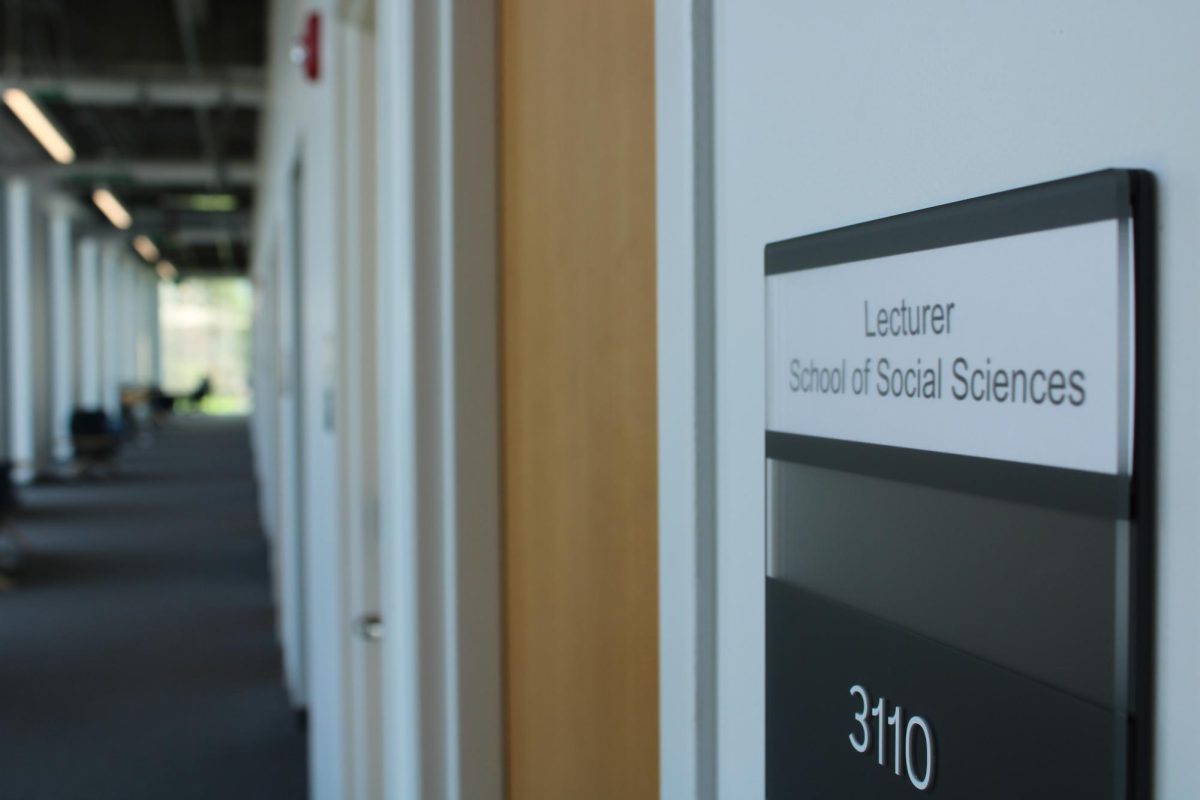Last month my rent was increased by over $100, and a few weeks ago the California State University board of governors voted in favor of an increased annual tuition for students in California by $275; raising the annual tuition cost for residents to $5,742 per year. As a student in one of the 23 California State Universities, I have no option but to also tighten my budget and expenditure.
In contrast, New York Gov. Andrew Cuomo and his fellow lawmakers recently approved a scholarship plan legislation that will cover the full cost of tuition at all public four year colleges. According to the official website of New York, more than 940,000 middle class families and individuals will benefit from the new legislation. Any resident earning $125,000 or less will benefit from the Excelsior Scholarship Program. In total more than 80 campuses serving over 1.5 million students are going to benefit.
According to the CSU’s most recent tally, there are at least 478,638 students accommodated in their system. Many of these students will be affected by the CSU’s decision to increase tuition. In today’s job market a four year degree is a necessity to be competitive amongst other job seekers. However, the rising cost of living, as well as that of attending college, is causing more students to either find jobs to supplement their living expenses, or to dropout from college altogether.
Compared to New York, a large amount of CSU students will be losing adequate study time in order to cater to their financial needs, when both the tuition increase and the Excelsior Scholarship Program go into effect.
In early February, San Francisco Mayor Ed Lee tweeted that the city was proud to be the first in the nation to cover community college expenses for city residents. This statement came after San Francisco voted in favor of setting aside $5.4 million per year to cover enrollment and other expenses for City College of San Francisco students.
Even though San Francisco became the first cityto approve free community college tuition for its residents, the decision only covers a few students in the California system. According to CSU website, a tuition increase will allow the hiring of more faculty as well as more advisors, and add more classes. While the explanation is logical, a lot of aspects can be borrowed from New York State.
Education is a human right. And like other human rights, it cannot be taken for granted. The CSU should work more closely with private sectors in the state, as well as civil society organizations, to find the most constructive channels to improve the quality of education for all CSU students. Innovation and partnerships must be forged. Yes it may cost money trying to be innovative as a state, but according to The United Nations Education, Scientific and Cultural Organization, an annual financing gap of about $22 billion must be closed for the nation to reach its 2030 target.
If California becomes a state where only affluent families send their children to universities and colleges, the gap between the rich and the poor will only widen. Sooner or later the economy will stagnate with lack of adequate educated, highly-skilled middle class individuals.
As the sixth largest economy in the world, California has the necessary resources to deliver on free college education. What may be lacking is the potential will to make the needed investments.





![[Both photos courtesy of sonoma.edu]
Ming-Ting Mike Lee stepped in as the new SSU president following Sakakis resignation in July 2022](https://sonomastatestar.com/wp-content/uploads/2024/04/CC4520AB-22A7-41B2-9F6F-2A2D5F76A28C-1200x1200.jpeg)


























